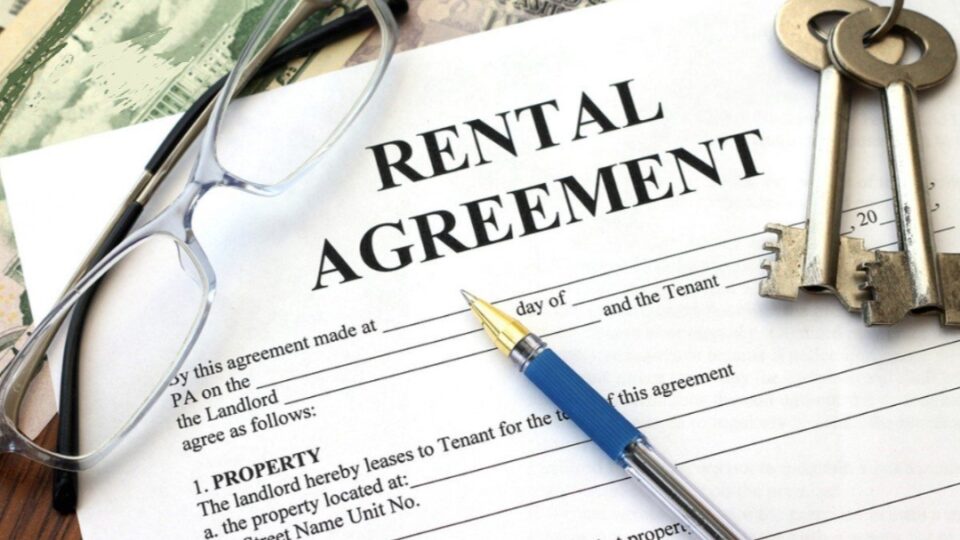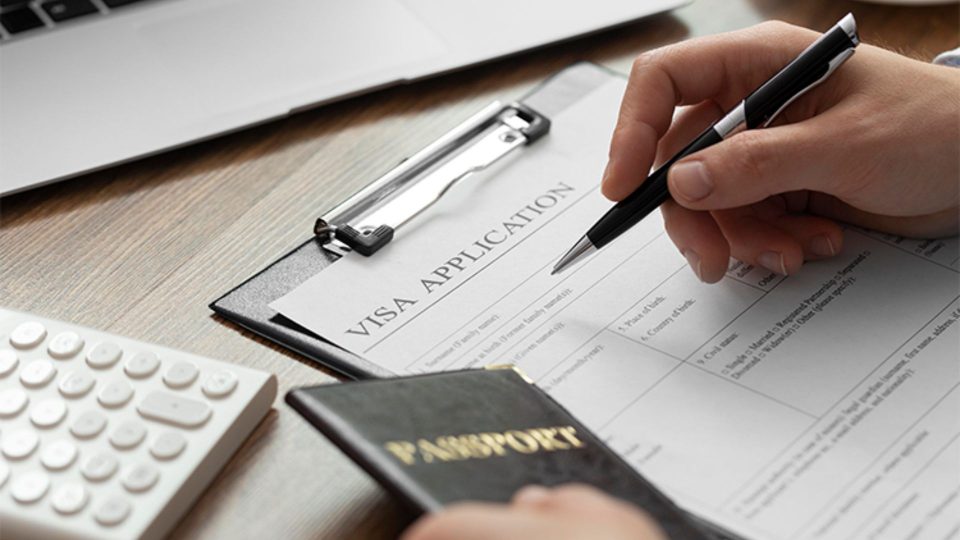
Choosing Between Old and New Tax Regimes for ITR Filing in 2025: What You Need to Know
If you’re preparing to file your Income Tax Return (ITR) in 2025 and unsure whether you can switch between the old and new tax regimes, you’re not alone. The ability to change regimes depends largely on the type of income you earn—whether from a salary or a business. Here’s a clear breakdown of the rules and what you should keep in mind before making your decision.
Understanding the Two Tax Regimes
The new tax regime was introduced in 2020, offering lower tax rates but removing many of the deductions and exemptions available under the older system. Taxpayers are allowed to choose between these two approaches, but the flexibility to switch between them varies depending on the source of income.
For Salaried Individuals and Non-Business Incomes
If your income comes from a salary, pension, rent, interest, or other non-business sources, you’re allowed to choose between the old and new tax regimes each financial year.
Key Points:
- You can evaluate which regime offers better tax savings annually.
- Your preferred regime must be declared when filing your return under Section 139(1).
- There’s no restriction on how many times you can switch.
- You have the flexibility to shift back and forth every year if needed.
This gives salaried taxpayers the freedom to plan their taxes based on changing income and deductions year after year.
For Business Owners and Professionals
If your income is from business or professional services, the rules are more stringent.
What You Should Know:
- You can opt into the new tax regime once.
- If you later decide to switch back to the old regime, that switch can be done only once in your lifetime.
- Once you’ve opted out of the new regime, you cannot return to it in subsequent years.
- To make this switch, you must submit Form 10-IEA before the due date of your return under Section 139(1).
This makes it essential for self-employed individuals and business owners to carefully analyze their long-term tax strategy before making a switch.
The New Regime is Now the Default
According to the Finance Act 2024, the new tax regime is the default option.
Implications:
- If you don’t actively choose the old regime, your taxes will be calculated under the new one.
- However, you can still opt for the old regime by filing Form 10-IEA within the specified deadline.
Final Thoughts for 2025
- Salaried taxpayers can switch regimes every year based on what suits them best.
- Business professionals have only one chance to move back to the old regime after opting for the new one.
- With the new regime now being the default, choosing the right one becomes even more important.
Before filing your return, take the time to compare both regimes based on your income, deductions, and financial goals. Consider using tax calculators or seeking advice from a financial expert to make an informed choice that minimizes your tax burden.



